13 Top Secrets of Donor Thank You Letters Revealed
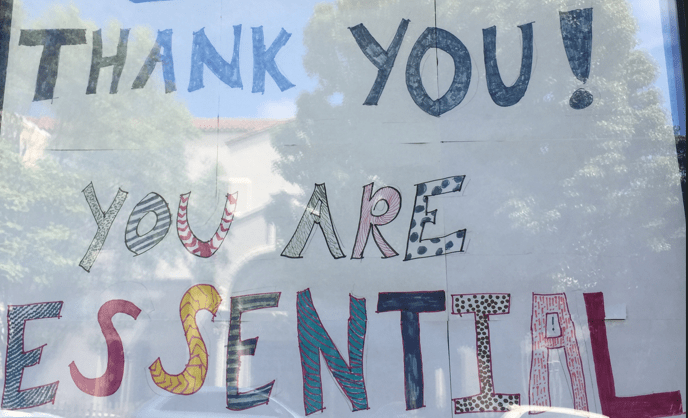 Let’s begin with a question: What do you spend more time on? Asking or thanking?
Let’s begin with a question: What do you spend more time on? Asking or thanking?
You’ve probably just completed a quarter hyper-focused on asking. I’ll bet you devoted a lot of time to this endeavor.
Now… you should be devoting at least as much time to thanking the donors who responded to your appeals, with the goal of retaining and upgrading them over time.
This is especially true with first-time donors, who cost you much more to acquire than you receive (on average, you spend $1.25 to raise $1.00). The only reason to acquire these supporters is to sustain them over timeso their lifetime value to you merits your investment in them.
Alas, the lion’s share of nonprofits spend a lot more time asking than thanking and reporting back on impact.
Thank you’s are often left to the last minute. They may be delegated to a lower-level support person. They’re treated as a realtively unimportant affterthought. And they’re often carelessly written, coming across as little more than a transactional receipt or a pre-printed Hallmark card with nothing more than a signature (often, also, laser printed).
It’s a BIG mistake.
The number one reason donors don’t give again is they aren’t properly thanked!
You may think you have a proper thank you letter template. But, if your thank you looks like this, it’s not helping you bond with your supporters.
TYPICAL THANK YOU LETTER TEMPLATE
Dear [donor name],
Thank you for your generous donation of $[donation amount] to [nonprofit name].
Your donation is making a difference. Because of your $[amount] donation, we are able to [impact of donation].
[this paragraph usually gives a general description of what the organization does]
Thank you again for your contribution! [nonprofit name] relies on the gifts of donors like you to make a difference.
Sincerely,
[name and title]
Look familiar?
Wah, wah, wah (sad trombone).
Most thank you letters are simply boring.
This could come from almost any nonprofit. It’s generic, not specific.It looks like a form letter.
You can do a lot better, and it’s not hard.
To Retain Donors, Stand Out from the ‘Get Go’
Believe me, most donors aren’t sticking around. Your own retention rates may be better or worse than average (do you know them?), but generally only 19% of new donors give again. For ongoing donors, it’s just 43%.
The time to nip this in the bud is now.
Did you know a study from Charity Dynamics and NTEN found 21% of donors say they were never thanked at all? My hunch is some of these supporters did receive something from you, but it was so perfunctory they didn’t really take notice.
- Maybe you just sent a form receipt.
- Maybe you took them to a thank you landing page; then called it a day.
- Maybe you sent a brief, formal email that confirmed the gift, but didn’t make them feel particularly special.
- Maybe you sent a letter, but talked more about the ongoing need than the impact of their gift (i.e., it sounded like another fundraising appeal).
If you don’t have a killer thank you letter prepared to send to the folks you hope will be giving to you again between today and next year, now is the time to right this wrong.
If you thank well you’ll see retention rates increase significantly.
In fact, research from Penelope Burk, author of Donor-Centered Fundraising, found 70% of donors reported they would increase their giving if they received what they needed from you.
Brilliant, warm, authentic, personal communication stands out and leads to renewals. And this is a much less expensive strategy than new donor acquisition which, again, costs from $1 to $1.25 to raise a dollar. Whereas renewing a donor costs only 20 cents on the dollar — if you prioritize this as a strategy.
By now you may be thinking: Sounds good, but how do we stand out? There must be some specific strategies that incline donors towards giving again, but what are they?
Today I share my top secrets with you. They’re simple and foolproof.
Ready?
Details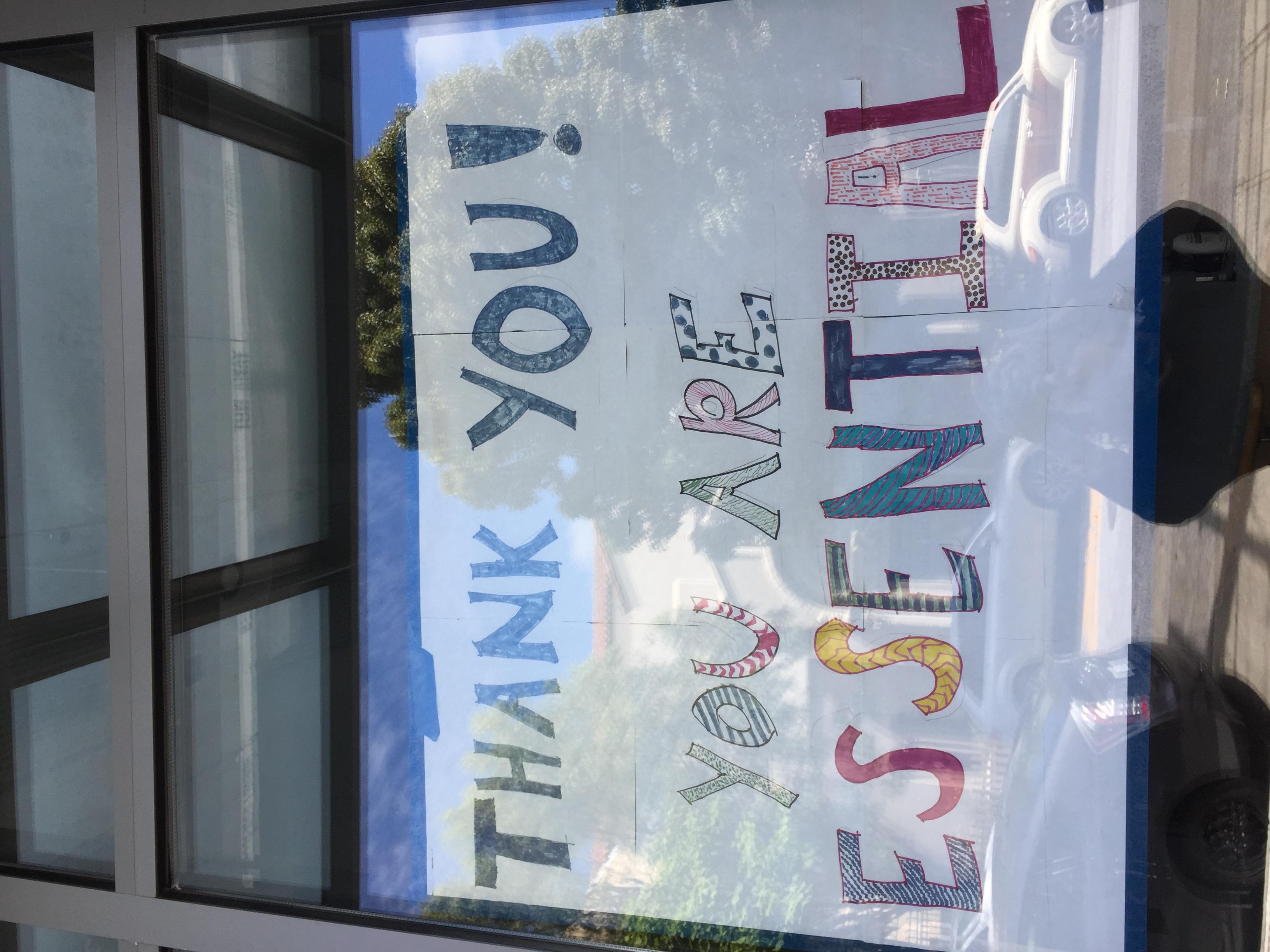

 For good things once a year is not enough. Why do so many of us only eat turkey once a year?
For good things once a year is not enough. Why do so many of us only eat turkey once a year? 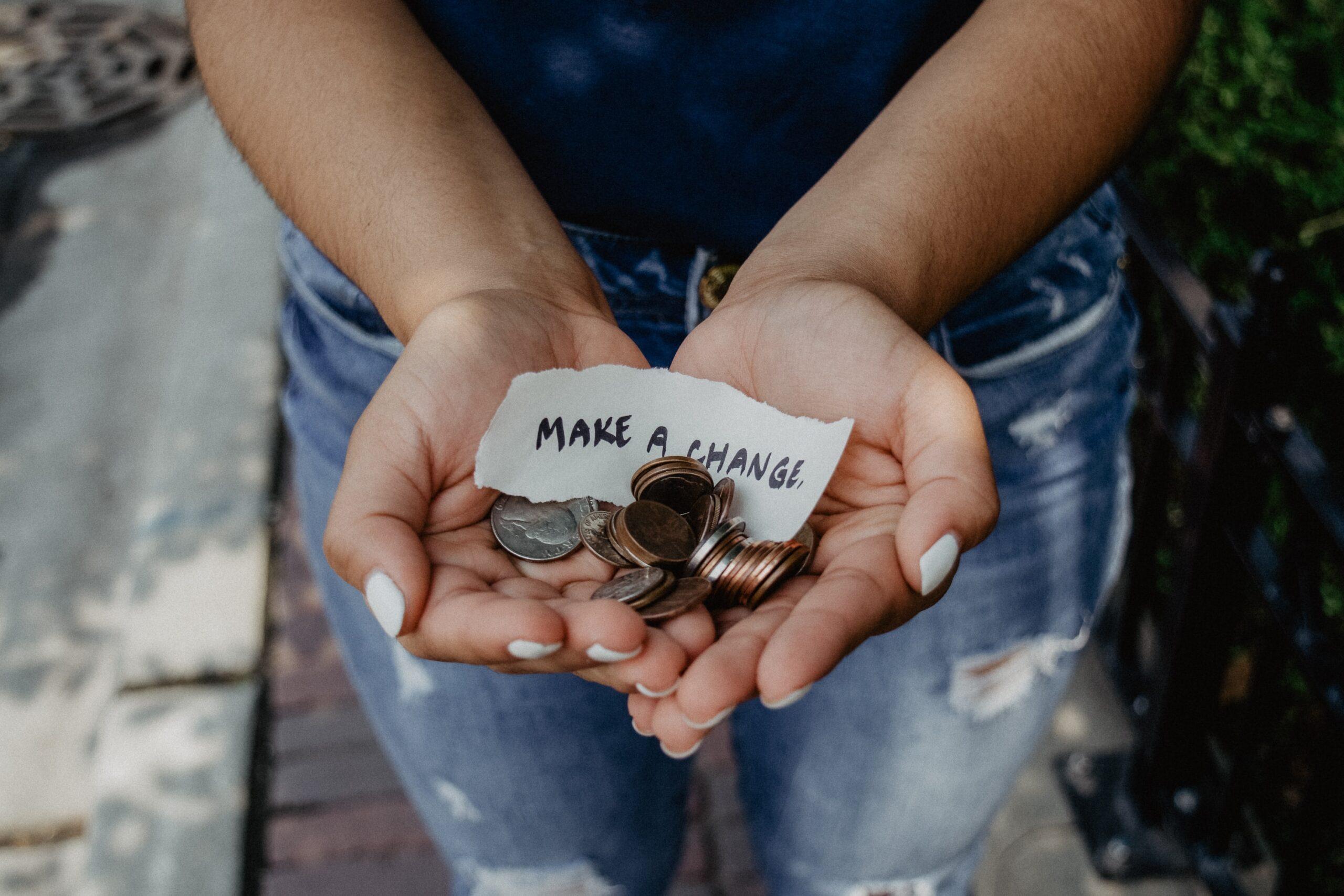

 This Thursday folks in the United States will celebrate what I consider to be the social benefit sector holiday of the year.
This Thursday folks in the United States will celebrate what I consider to be the social benefit sector holiday of the year.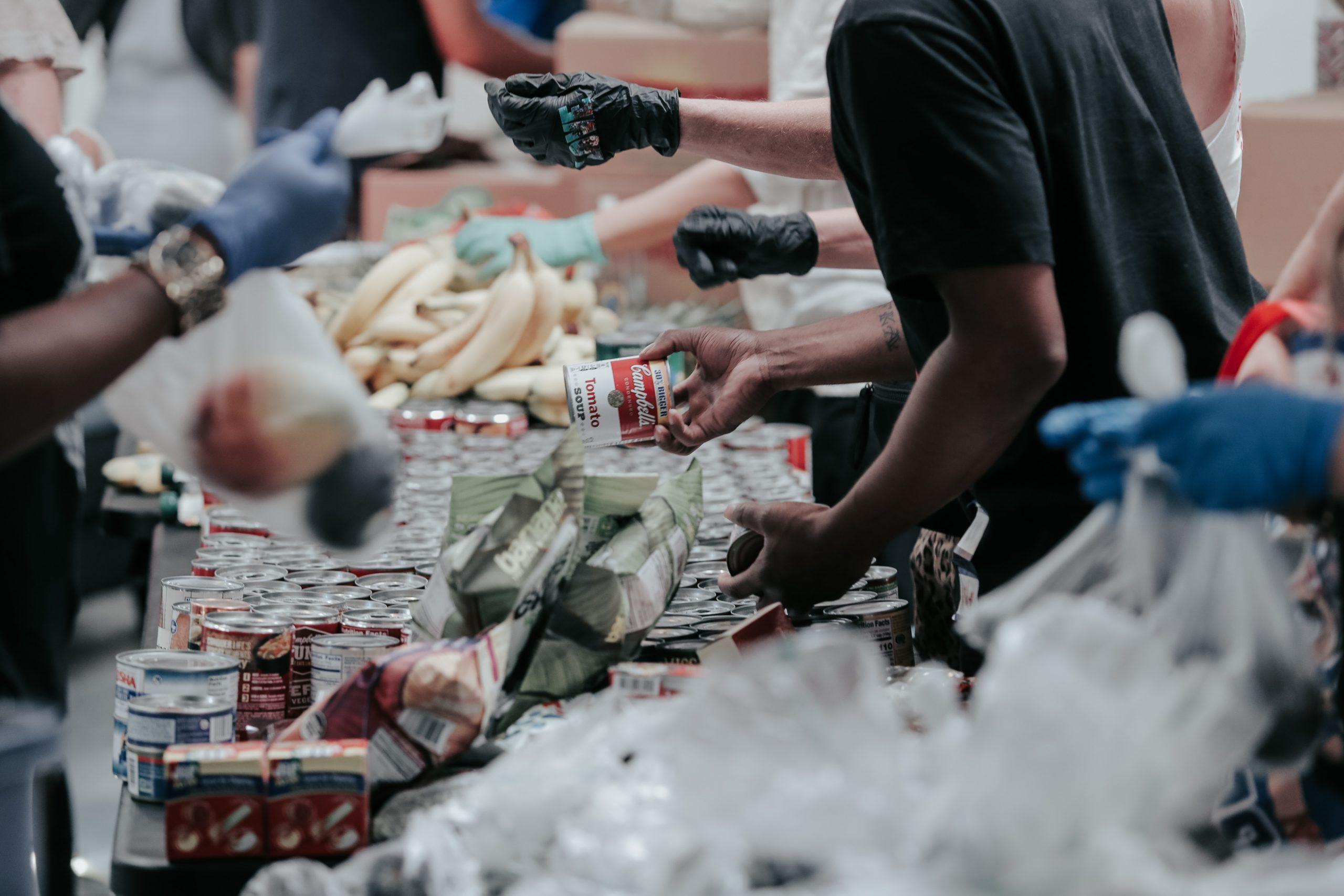
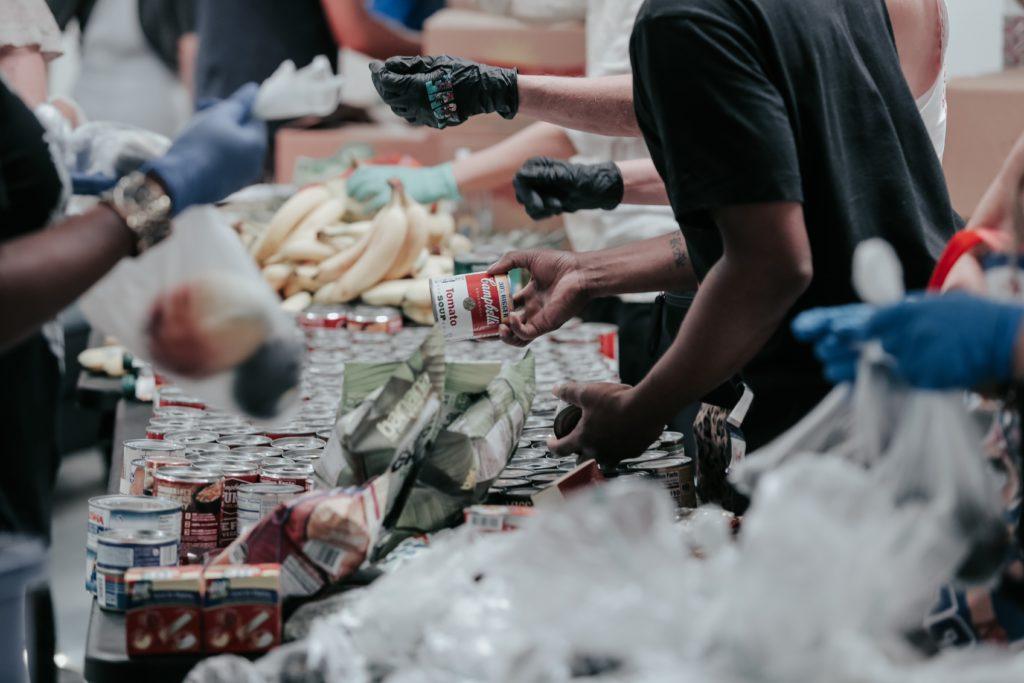 This year Giving Tuesday is November 28th. So, soon.
This year Giving Tuesday is November 28th. So, soon.



